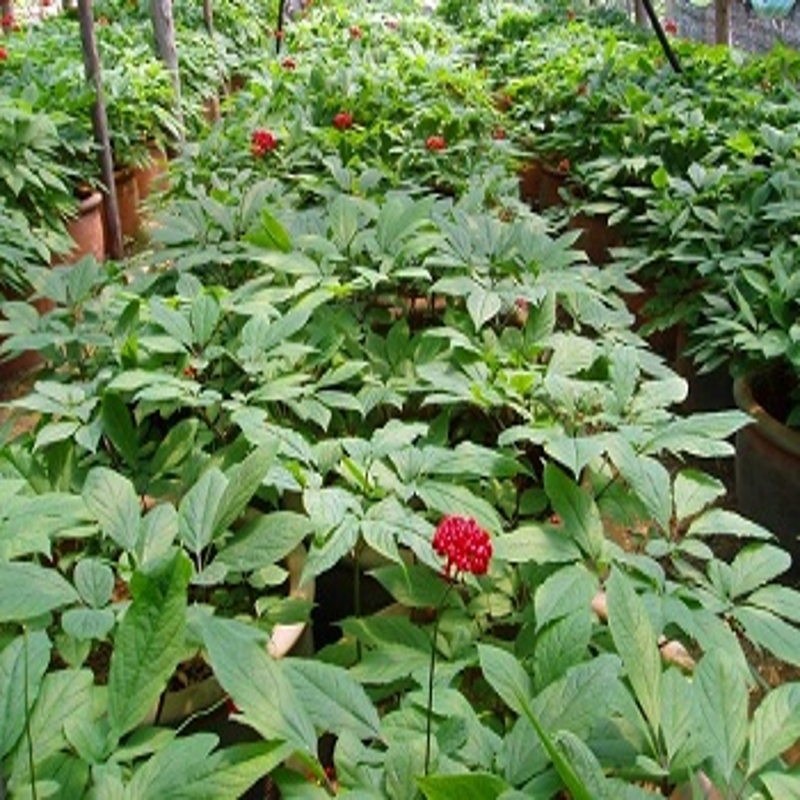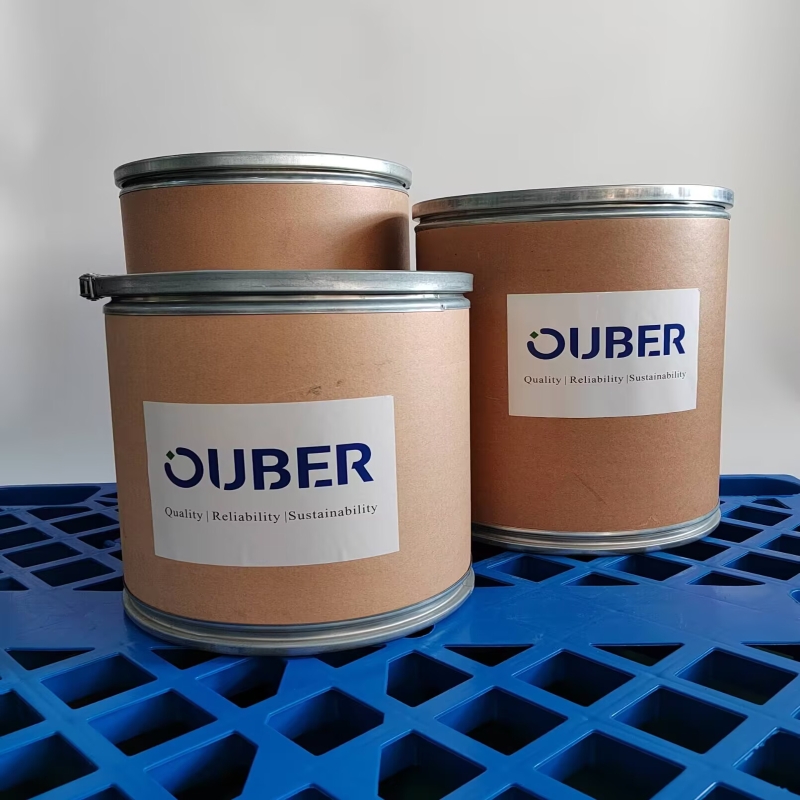-
Categories
-
Pharmaceutical Intermediates
-
Active Pharmaceutical Ingredients
-
Food Additives
- Industrial Coatings
- Agrochemicals
- Dyes and Pigments
- Surfactant
- Flavors and Fragrances
- Chemical Reagents
- Catalyst and Auxiliary
- Natural Products
- Inorganic Chemistry
-
Organic Chemistry
-
Biochemical Engineering
- Analytical Chemistry
-
Cosmetic Ingredient
- Water Treatment Chemical
-
Pharmaceutical Intermediates
Promotion
ECHEMI Mall
Wholesale
Weekly Price
Exhibition
News
-
Trade Service
beads are organs unique to seed plants and develop into seeds after fertilization. The embryo beads of the naked plant are not wrapped outside, i.e. the exposed fruit scales, such as pine cypress plant balls, have two exposed embryos on the axial surface; The number of embryos contained in a sub-room varies according to plant species, such as peaches with only one embryo bead, while cotton has more than one embryo bead. The embryo beads are composed of bead hearts, beads, bead handles and bead holes. The bead heart is a group of embryo cells that occur on the fetal seat and is the central part of the embryo bead, which is surrounded by the bead heart. Beads are surrounded by bead hearts when leaving a small hole in the top, for the bead hole. The part of the embryo bead base connected to the fetal seat is called the bead handle. The part of the bead where the bead meets the bead's heart is called the junction point above the bead handle. During the formation of the embryo beads, there are two main types in the form of the embryo beads due to the difference in the growth of each part. First, the direct embryo beads, the various parts of the embryo grow evenly and consistently, the formation of bead holes, joints and bead handles in a straight line, such as buckwheat
; The bead bends to the slow-growing side
180
degrees, and the bead hole is parallel to the bead handle, while the bead handle is combined with the inner outer bead to form the bead ridge, and most of the beads have inverted embryo beads (Figure
18
2
). There are also types somewhere in between, such as transverse embryo
, curved embryo
and so on. Most plant beads are two layers, are double beads by the embryo beads, some plants only have a layer of beads, is a single bead by plants, such as sunflowers.
。
。






